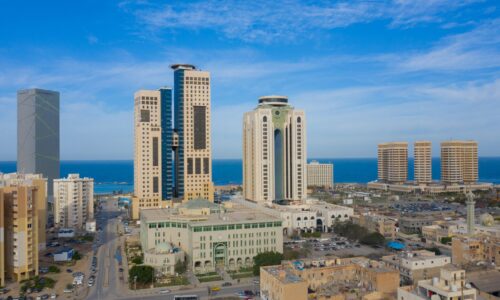Infrastructure

An analysis of the evolution of Libya’s infrastructure sector value added shows a slightly different behaviour than that of most of the non-oil economic activities of the country. While the impact of the conflict is evident, the effect over its performance is apparently milder. As such, the Central Bank of Libya's estimation for 2019 (latest data available) shows that construction-related activities represented 1.76% of Libya’s GDP, which is slightly above the share the sector had in 2013. Regarding its gross economic volume, the amount is as well slightly higher than that of 2013 (LYD 1.9 Billion as compared as LYD 1.7 Billion in 2013). This could show that the sector has managed to surpass its pre-crisis size without having experienced major sustained economic shocks (the sector experienced a minimum in 2017 that was 23% lower than its current maximum), at least regarding its value added.
The IOM’s labour market assessment conducted in 2020-2021 estimated that the construction and building sector in Libya provided around 2% of the employed labour force (Juillard H., 2021). Construction is also the sector that employs the most migrant work force (37% according to the IOM) or among the most (13% according to the UNDP).




